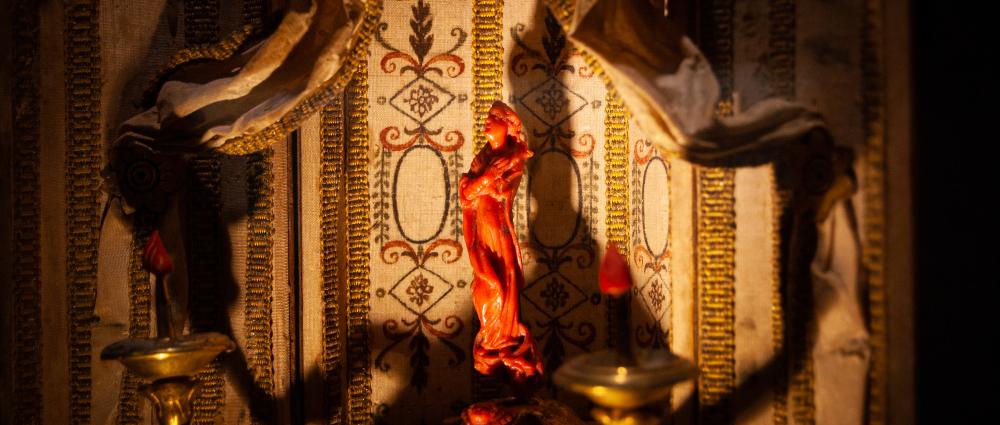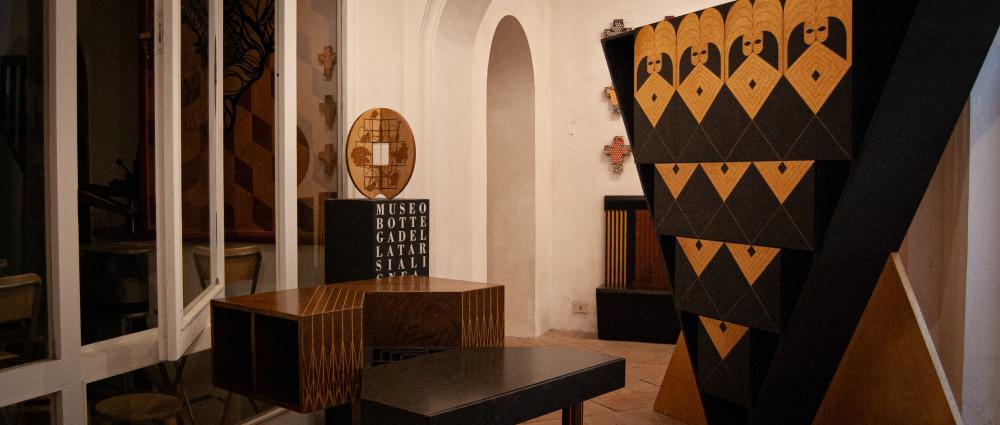
Ancient handicrafts: coral, embroidery, wood and wooden inlay between Torre del Greco and Sorrento
Itinerary map
Itinerary stages
The historic building of the State Railways houses a museum dedicated to the Torre del Greco seafaring tradition, partly linked to the processing and trade of coral. It is a small but growing museu...
The art of embroidery is an ancient Sorrentine tradition, widespread along the entire coastline, and popular culture tells us that the women of the sailors' families used to spend the long waiting ...
From the middle of the nineteenth century, small workshops specialising in the production and trade of embroidery were set up in Sorrento, which soon became active companies on the national and int...
It is housed in an eighteenth-century house in the historic centre of Meta and displays the collection of Mario Maresca, a descendant of a family of seafarers, shipowners and captains of long stand...
The eighteenth-century palazzo houses some of the most beautiful examples of marquetry in its rooms. The four floors that make up the workshop museum display works from the fifteenth to the ninetee...

No Comments Available






